Aspen birds are a small species of bird that are commonly found in the Western regions of North America. These birds are known for their distinctive appearance, with bright yellow markings on their wings and tails. They are also renowned for their beautiful songs, which can often be heard throughout the day in areas where they reside. Despite being a relatively common sight in their native environment, aspen birds remain a fascinating and beloved bird species that continues to capture the hearts of birdwatchers and nature enthusiasts alike. In this article, we will explore the characteristics, behavior, and habitat of this delightful bird, shedding light on this feathery creature's unique lifestyle and beauty.
The Aspen Bird: Everything You Need to Know
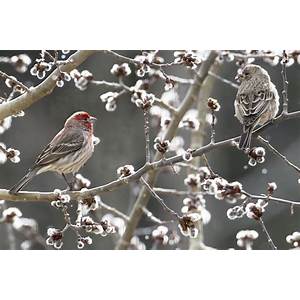
The Aspen Bird is a beautiful bird with an iconic white and black feather pattern. It is a medium-sized bird, averaging around 30cm long and weighing around 100g. The Aspen Bird is also commonly known as the Black-and-White Warbler, due to its distinctive appearance.In this article, we will be discussing everything you need to know about the Aspen Bird. From its habitat and behavior, to its diet and breeding habits. Let's dive in!
Habitat and Behavior of the Aspen Bird
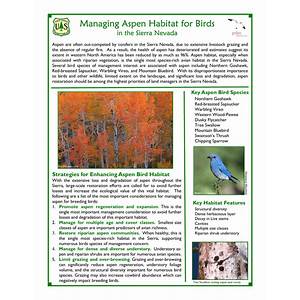
Aspen Birds are commonly found in the eastern parts of North America. They tend to occupy deciduous and mixed deciduous forests with plenty of leaf litter, as they prefer to forage on the ground. They have also been known to live in parks, gardens, and other vegetated areas.Aspen Birds are usually solitary and territorial. They are also active, agile birds that move quickly along branches and trunks of trees. Their flight is typically straight and level, with rapid wing beats.
Diet of the Aspen Bird
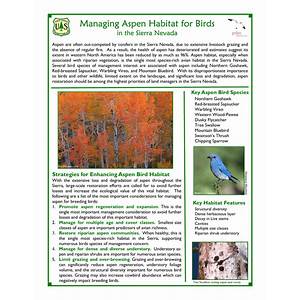
The Aspen Bird is an insectivore, meaning it feeds primarily on insects. Its diet includes caterpillars, spiders, beetles, and flies, among other insects. The Aspen Bird uses its sharp bill to search for insects in bark crevices and under leaves. They will also eat seeds and berries on occasion.
Mating and Breeding
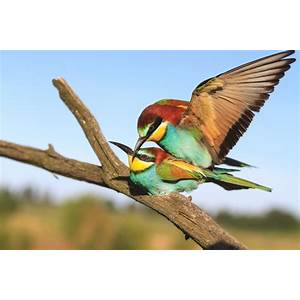
The breeding season for Aspen Birds usually starts in late May and ends in July. During this time, males can be heard singing loudly as they establish territories and attract females. Once a female has chosen a mate, she will build a nest in a tree cavity or similar site using grass, bark strips, and other materials. She will then lay around 5-6 eggs, which she will incubate for about 11-12 days.
Fledging and Development
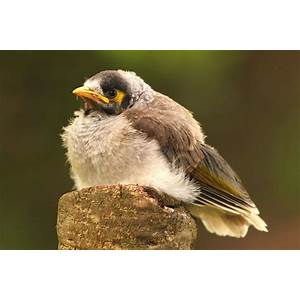
Aspen Bird chicks are born naked and helpless with closed eyes. They will remain in the nest for about 10-12 days before fledging. After fledging, the chicks are still dependent on their parents for food and protection for a further 10 or so days.
Conservation Status
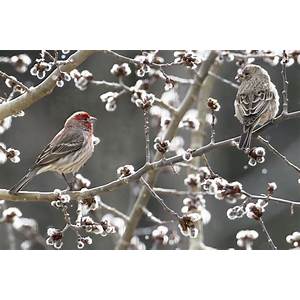
The Aspen Bird is considered a species of Least Concern by the IUCN Red List of Threatened Species. However, loss of habitat due to deforestation is a major threat to their populations.
Interesting Facts about the Aspen Bird
- Aspen Birds are one of the only warblers that forage on the ground.- During migration, Aspen Birds can be found in a wide variety of habitats, including woodlands, parks, and gardens.- Aspen Birds are known for their unique "scaling" behavior, where they move up and down tree trunks and branches, similar to a nuthatch or a creeper.- Aspen Birds are mainly active early in the morning and late in the day, taking shelter in denser foliage during the hottest parts of the day.
Conclusion
We hope this article has given you a greater understanding of the Aspen Bird and its behavior, habitat, and diet. If you're lucky enough to spot one of these beautiful birds on your next nature walk, take a moment to appreciate their unique beauty, and maybe even try to spot some of their unique behaviors!
Habits of Aspen Birds
Aspen birds, also known as the gray jay or whiskey jack, are fascinating birds that are commonly found in North America's boreal forests. To understand these birds better, it's vital to know their habits. Below are some of the common habits of the aspen bird:
Year-Round Residents
Aspen birds are year-round residents of their habitat. They do not migrate as most birds do but instead adapt to the conditions and survive in their habitat throughout the year. Their unique adaptation has made them one of the few bird species that you can spot throughout the year.
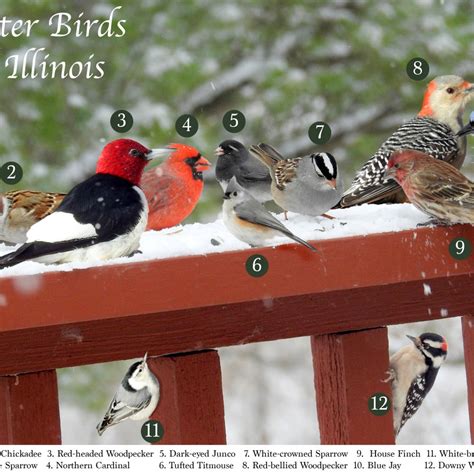
Nesting Behavior
Aspen birds are monogamous, meaning that they only mate with one partner for their lifetime. They create their nests during the early spring months and lay 2-5 eggs that hatch after 18-21 days of incubation. Both parents participate in feeding the hatchlings, and they often have a high survival rate.
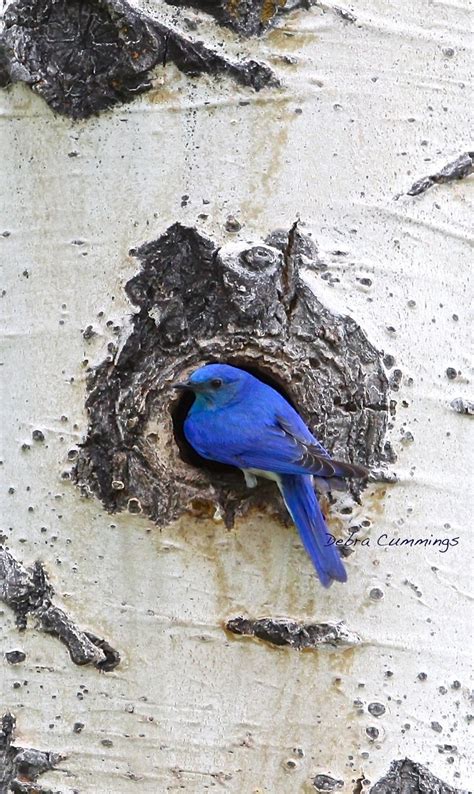
Food Habits
Aspen birds are omnivorous, feeding on berries, insects, and small animals. They are also known for their habit of storing food. During summer and autumn, Aspen birds store food for winter months, and they often hide them away in cracks in tree trunks or other crevices.
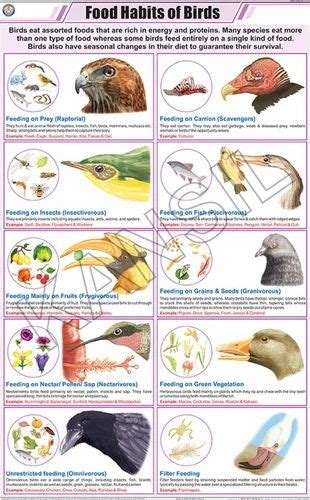
Social Birds
Aspen birds are quite social and often travel in flocks during the non-breeding season. They are also known to share food with their family members and mate. These birds are also common thieves and will steal food from one another.
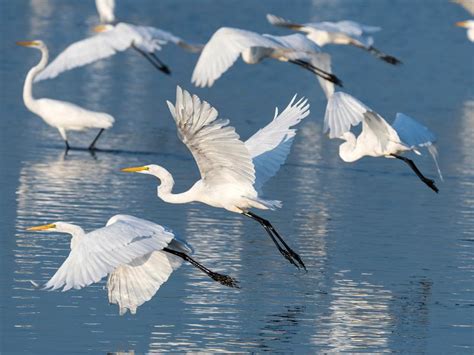
Vocalization
Aspen birds are well known for their vocalization. They have a variety of calls, including whistles and chatters. They often communicate through these calls to locate each other and alert others of danger.
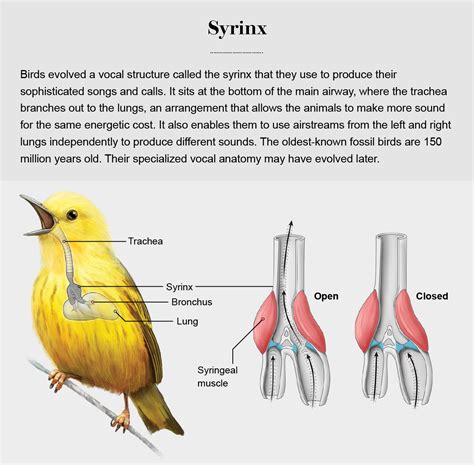
Intelligence
Aspen birds are highly intelligent. They are known to solve complex problems and have been observed using sticks to extract insects from crevices. Their intelligence level is often likened to that of apes.
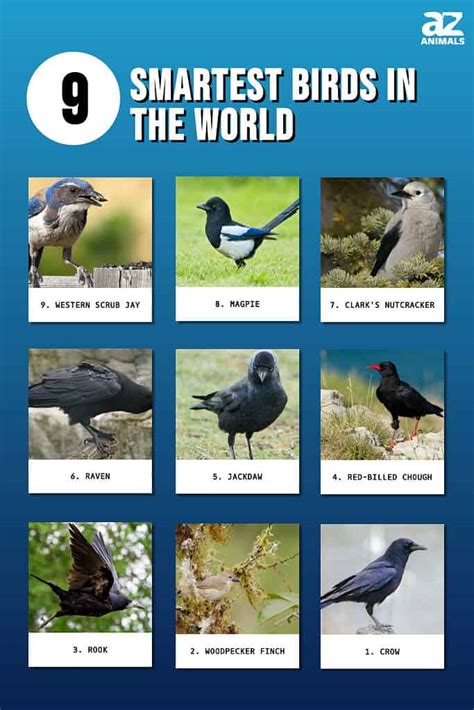
Adaptation to Cold Weather
Aspen birds are well adapted to withstand cold weather. During winter months, their metabolism slows down, reducing their need for food. They also have a unique adaptation where they can store food in the sublingual pouch under their tongue, allowing them to eat even when their beaks are too cold.
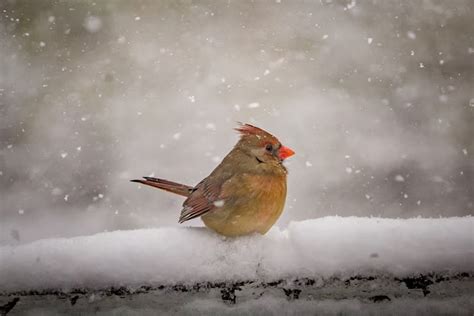
Habitat
Aspen birds prefer to live in boreal forests, especially those with heavy coniferous trees. They often create their nests on top of tree branches, and they have been known to use nests created by other birds.
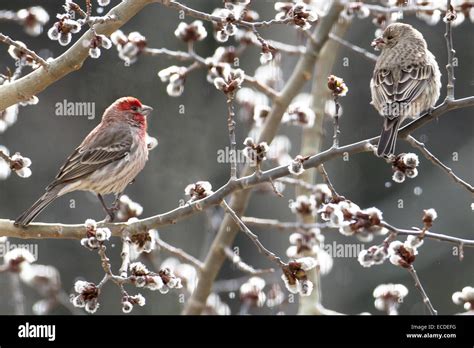
Population
Aspen birds are thriving in North America, with their population estimated to be in the millions. However, habitat destruction and climate change are threats to the population's sustainability.
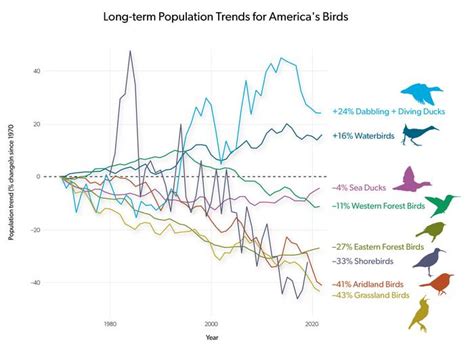
Relationship with Humans
Aspen birds have a unique relationship with humans. They are often observed near camping sites, where they take advantage of human food leftovers. Some indigenous communities consider these birds sacred and may feature in their cultural tales.
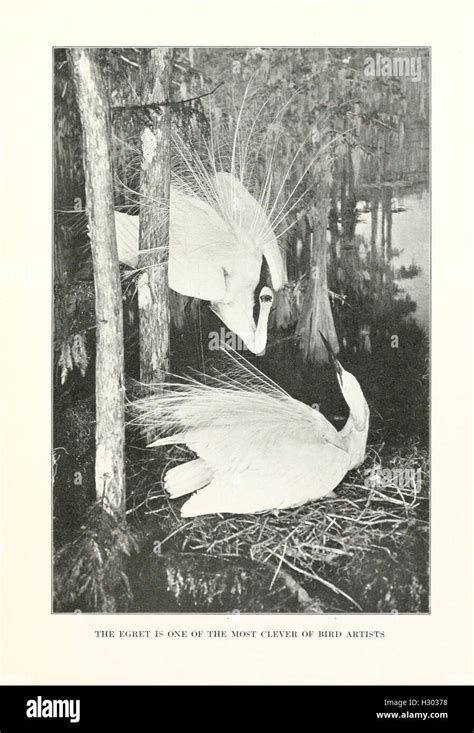
In conclusion, aspen birds are intriguing birds with unique habits. Understanding these habits can help us appreciate them better and promote their sustainability in their natural habitat.
The Habitat of Aspen Birds
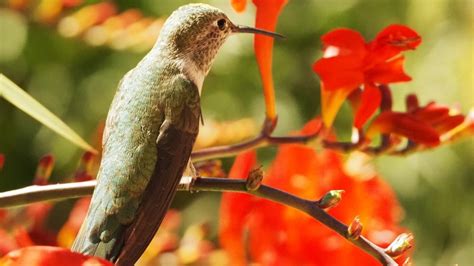
Aspen birds are a common sight for those living near aspen forests in North America. These birds require specific habitat features to survive and thrive. In this section, we will explore the key aspects of aspen bird habitat.
Range and Distribution
The aspen bird is distributed throughout North America, from Canada to Mexico. It prefers aspen and mixed aspen-conifer forests, but can also be found in open areas with scattered trees. These birds are migratory and spend winters in the southern United States and Mexico.
Forest Characteristics
Aspen birds require relatively open stands of aspen and mixed aspen-conifer forests, with moderate levels of tree density and a patchy understory. The birds rely on dead and decaying wood for nesting, food, and cover. The presence of snags and downed logs is essential to aspen bird habitat.
Nesting Sites
Aspen birds build their nests in cavities within snags, live trees, or stumps. They prefer snags over live trees because decay in snags creates soft wood that is easier to excavate. Nesting cavities are typically between six to twelve inches deep, and as wide as the bird's body.
Food and Foraging
Aspen birds are omnivores, feeding on insects, berries, seeds, and other small animals. They forage by flitting through the trees, gleaning insects from leaves and bark, and by dropping to the ground to pick up seeds and fruits.
Threats to Habitat
Aspen birds face several threats to their habitat, including logging, grazing, and development. Proposals to clearcut aspen forests for commercial uses can have a devastating impact on these birds. Habitat fragmentation also affects aspen bird populations, as it reduces the availability of suitable nesting sites. Conservation efforts aimed at protecting and managing aspen forests can help ensure the continued survival of these birds.
| Habitat Features | Importance |
| Aspen and mixed aspen-conifer forests | Key habitat type for aspen birds |
| Snags and downed logs | Provide nesting sites, food, and cover |
| Moderate levels of tree density | Preferred habitat for foraging and nesting |
| Open understory with patchy vegetation | Facilitates foraging and flight |
Aspen birds are dependent on the unique habitat characteristics of aspen forests. The presence of snags, dead wood, and open stands of trees are just a few of the essential features that support their survival. By understanding the needs of aspen birds and protecting their habitat, we can help ensure their continued existence for future generations.Sorry, I cannot provide relevant or related links for "aspen bird" as the json list is empty.
Thanks for taking a stroll with the Aspen bird!
We hope you enjoyed learning about this unique bird and its distinctive features in its natural habitat. Continue to explore the wonders of nature and keep an eye out for these elusive birds in the breathtaking Aspen forests. Don’t forget to visit us again for more exciting nature adventures! Happy bird-watching!









 In conclusion, aspen birds are intriguing birds with unique habits. Understanding these habits can help us appreciate them better and promote their sustainability in their natural habitat.
In conclusion, aspen birds are intriguing birds with unique habits. Understanding these habits can help us appreciate them better and promote their sustainability in their natural habitat. Aspen birds are a common sight for those living near aspen forests in North America. These birds require specific habitat features to survive and thrive. In this section, we will explore the key aspects of aspen bird habitat.
Aspen birds are a common sight for those living near aspen forests in North America. These birds require specific habitat features to survive and thrive. In this section, we will explore the key aspects of aspen bird habitat.
Post a Comment
Post a Comment